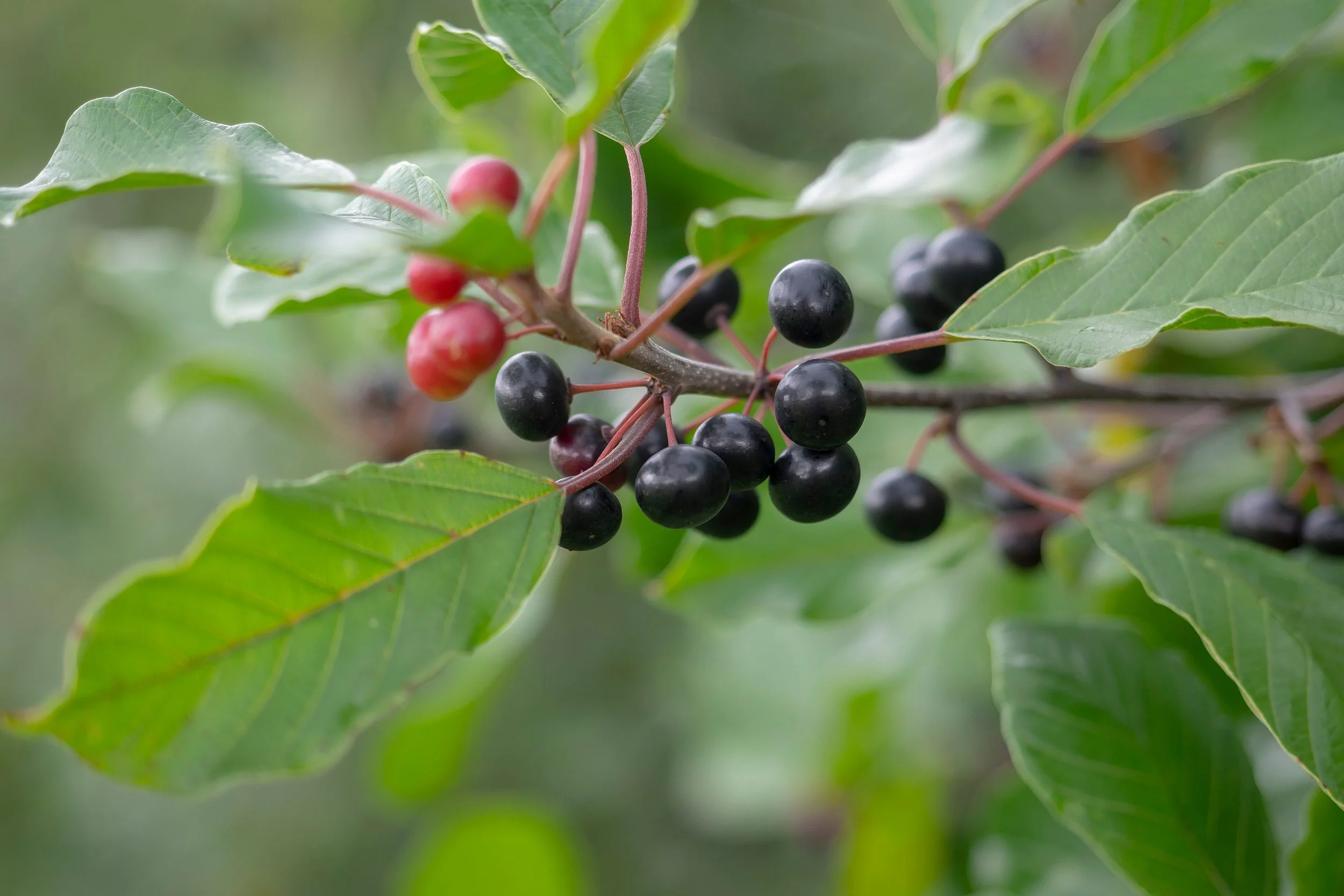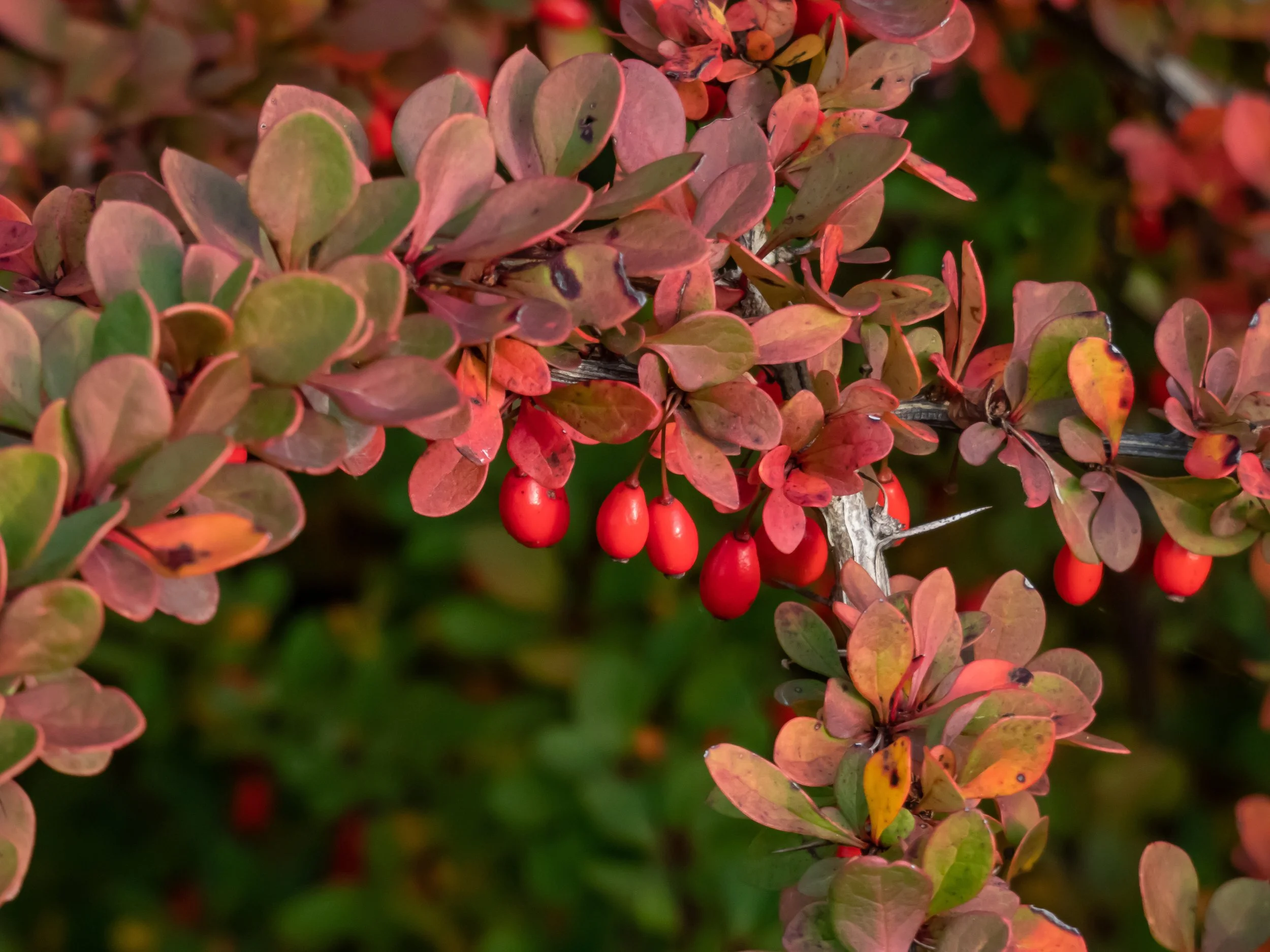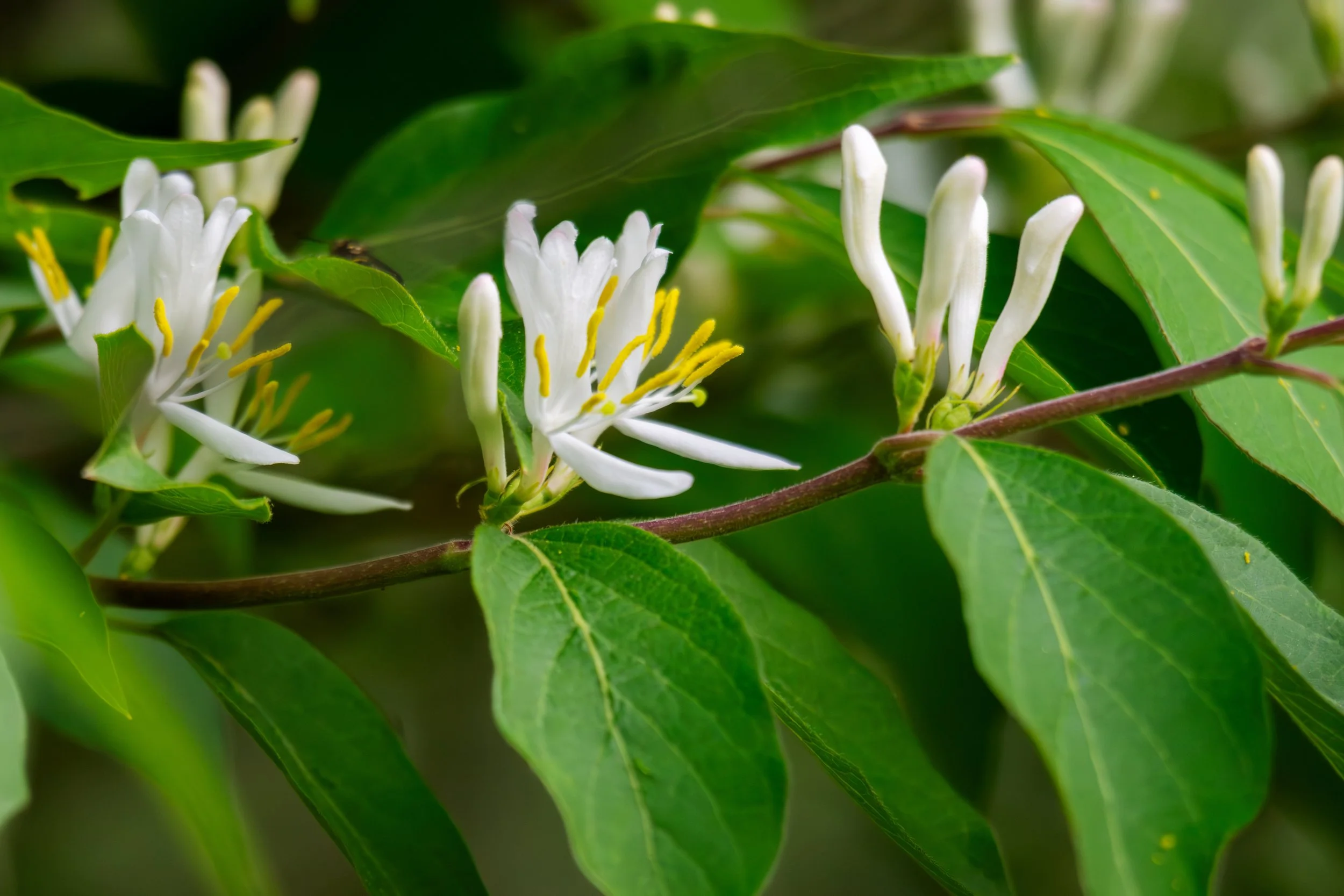
Earn new leads while driving to work.
Improved customer experience
Strengthen your local economy.
Responders play a critical role in Naughtweed’s customer development, where every button click helps transform real-world activity into actionable insights. As users log field observations with a simple press - whether mapping Japanese Knotweed, Barberry, or Honeysuckle - the system aggregates these points to reveal community-level patterns of spread. This seamless data collection not only connects Responders directly to treatment requests and local Stewards but also builds a living map of risk. By focusing on these high-priority invasive plants, you can help communities reduce habitat favorable to ticks, lowering exposure to tick-borne illnesses while generating new opportunities for trained responders to earn through ecological restoration.
Invasive plants increase risk of tick-borne illness
-
Berberis thunbergii
Japanese barberry is a thorny shrub that thrives in shaded woodlands, forest edges, and disturbed soils. It prefers well-drained soil but can tolerate a wide range of conditions, from full sun to deep shade. Its dense growth creates humid microclimates ideal for ticks, making it a public health concern as well as an ecological one. Look for small oval leaves that turn red in fall, bright red berries hanging under the branches, and sharp spines along the stems.
-
Lonicera morrowii
Morrow’s honeysuckle is a fast-growing shrub that thrives in sunny edges, old fields, and disturbed sites, though it also does well in shaded forests. It spreads quickly, forming dense stands that shade out native plants. In spring, look for pairs of opposite oval leaves and tubular white flowers that turn yellow with age. Later in the season, it produces clusters of red berries. Its hollow stems are another giveaway when cut. Like barberry and buckthorn, dense honeysuckle thickets are strongly associated with elevated tick populations.
-
Rhamnus cathartica
Common buckthorn is a hardy invasive shrub or small tree that flourishes in prairies, wetlands, open woodlands, and roadsides. It tolerates poor soils and outcompetes native plants by leafing out early in spring and holding leaves late into fall. Identifying features include dull green, oval leaves with distinct veins curving toward the tip, clusters of black berries in late summer and fall, and gray-brown bark with prominent lenticels (raised spots). Its dense thickets degrade wildlife habitat and promote tick activity.
Register as a Responder
We’re building our first cohort of rapid Responders. Sign up to be considered for early access to pilot projects, training modules, and client referrals through the Naughtweed platform.



